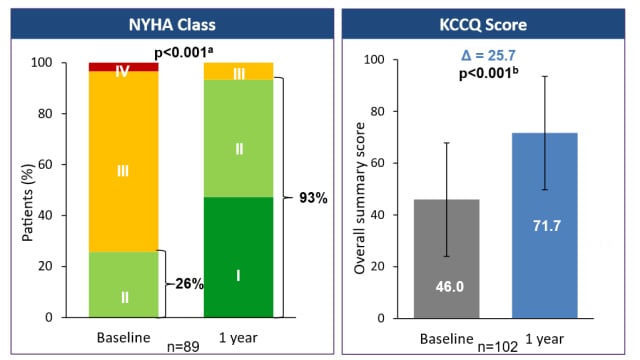1627 results
Tricuspid and pulmonary interventions
27 Nov 2022 – From PCR London Valves 2022
Watch this series of cases presented at PCR LV 2022 and learn more about Alagille syndrome, how to treat a significant right-to-left shunt after bicaval valve implantation, or analyze transcatheter pulmonary valve implantation in tetralogy of Fallot, among others.
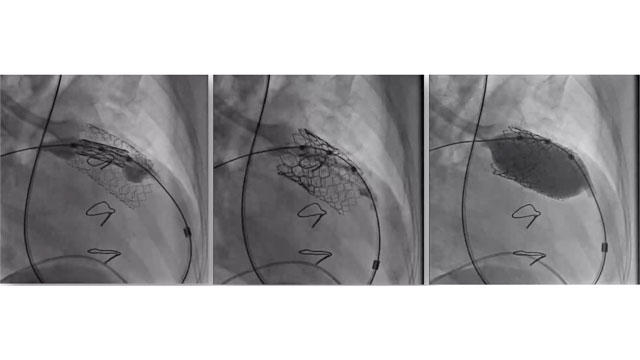
TAVI: Late-Breaking Trials and Innovations
27 Nov 2022 – From PCR London Valves 2022
Consult this session to discover a selection of PCR London Valves 2022 Late-Breaking Trial submissions, and learn more about the early safety and performance of the Vienna TAVI system, the new-generation transcatheter aortic valve platforms performance in native pure aortic regurgitation, and more!
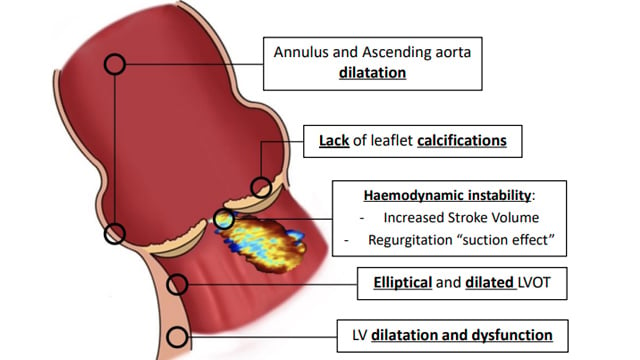
Rapid-fire abstracts: session 4
27 Nov 2022 – From PCR London Valves 2022
In this PCR LV 2022 session dedicated to TAVI, take advantage of the 7 abstracts to learn more about the impact of TAVI for pure regurgitation on the severity of concomitant mitral regurgitation, the deformation of transcatheter heart valve and haemodynamics after aortic ViV, and much...
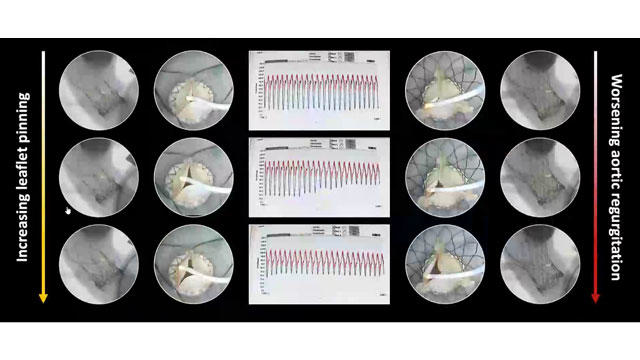
TAVI: new devices and procedural refinements
27 Nov 2022 – From PCR London Valves 2022
Consult this session dedicated to TAVI new devices and procedural refinements to learn more about Meril's Myval transcatheter heart valve, the newest EVOLUT-FX self-expanding supra-annular valve, the OctaAlign technique with the novel Myval octacor transcatheter heart valve, and more!
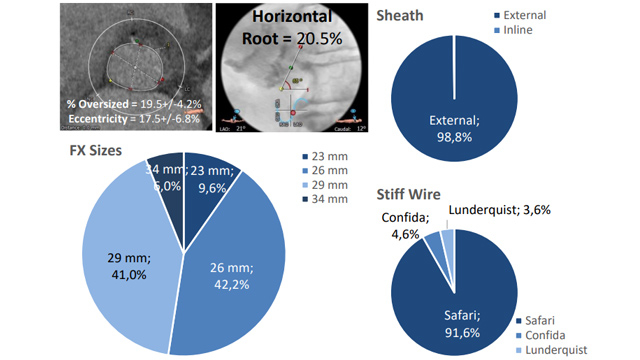
Twenty years of progress - What we have achieved - LIVE case
27 Nov 2022 – From PCR London Valves 2022
- Part 1: TAVI by axillary access (Live)
An 80-year-old female with peripheral arterial disease presents a symptomatic severe aortic stenosis with small annulus and preserved LV function.
The operators implant, by axillary access, an Evolut pro 26 mm, on general anaesthesia, with predilatation (Balloon 18 mm) and post-dilatation...
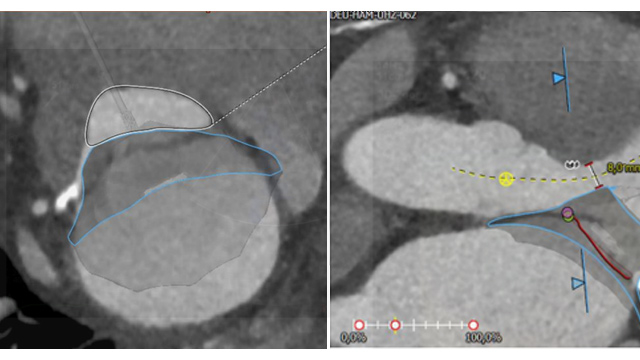
TAVI innovations
27 Nov 2022 – From PCR London Valves 2022
Discover some of the latest innovations in TAVI presented at PCR LV 2022: zero-contrast TAVI, emerging technique for coronary protection in ViV TAVR, first dedicated splitting device in a degenerated TAVR at risk for double coronary obstruction, and much more!
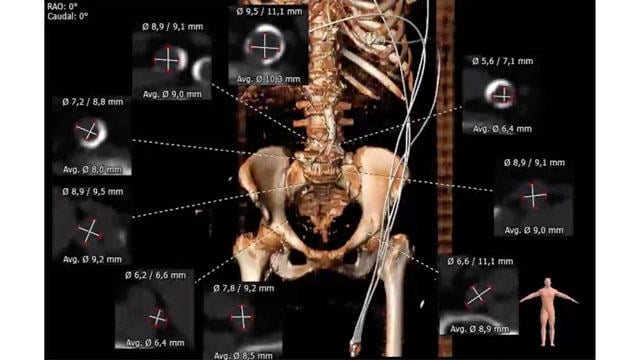
TAVI step by step: from femoral puncture to procedural success
27 Nov 2022 – From PCR London Valves 2022
Look at these presentations to get insights into the basics of CT evaluation for TAVI procedural planning, and discover how to optimise every aspect of the TAVI procedure and ensure the best clinical outcomes even in difficult anatomies.
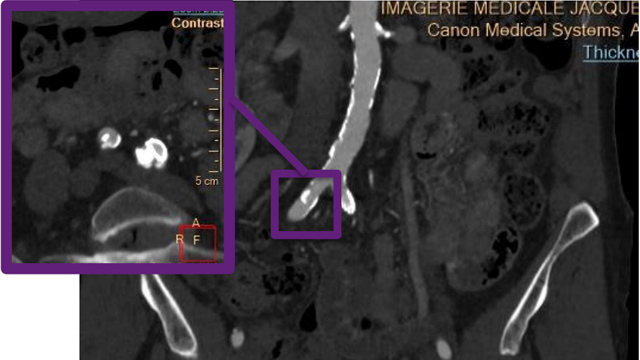
Rapid-fire clinical cases: session 2
27 Nov 2022 – From PCR London Valves 2022
Discover in the same PCR LV 2022 session a TAVI for pure aortic regurgitation in degenerated aortic homograft, an embolised Myval transcatheter heart valve to AAA, or a challenging ViV TAVI, and much more!
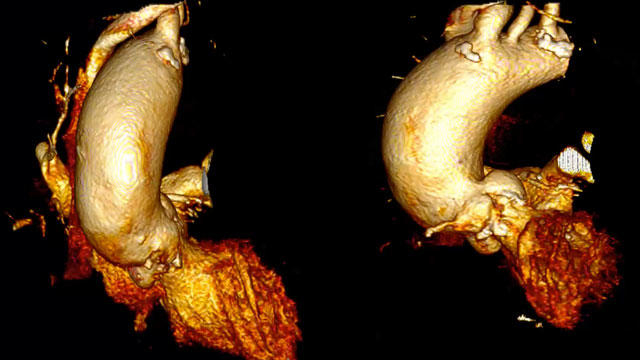
Valve-in-valve interventions
27 Nov 2022 – From PCR London Valves 2022
The 8 videos in this PCR LV 2022 session on ViV procedures will allow you to learn more about ultrasound imaging for BASILICA procedure optimization in ViV TAVI, or compare coronary access between 2 self-expandable TAVI in degenerated surgical bioprosthesis, and much more!
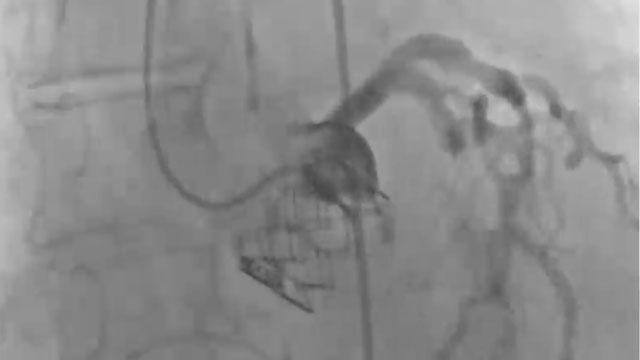
Ensuring optimal TAVI outcomes - LIVE case
27 Nov 2022 – From PCR London Valves 2022
A 75-year-old female with diabetes and history of ischemic stroke 5 years ago presents a symptomatic severe aortic valve stenosis in a small annulus.
After pre-dilatation (18 mm balloon), the operators implant an Acurate neo2 23 mm with a sentinel cerebral embolic protection device. Watch them perform...
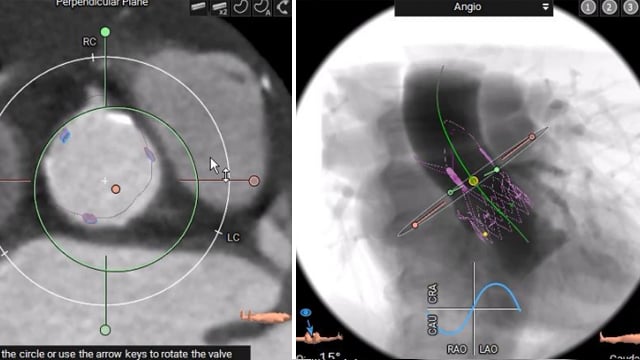
Valve-in-valve TAVI: session 1
27 Nov 2022 – From PCR London Valves 2022
ViV TAVI in a patient with previous Bentall's operation, ViV for a failed surgical aortic bioprosthesis with a misaligned mitral bioprosthesis, TAVI for severe aortic regurgitation caused by infective endocarditis after homograft surgery, and much more in this PCR LV 2022 session about ViV TAVI!
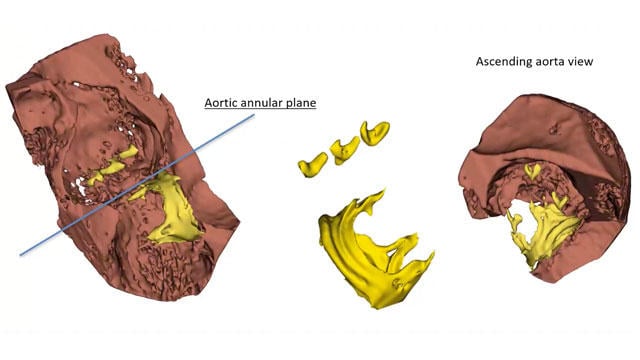
Hot TAVI topics - Emerging indications
27 Nov 2022 – From PCR London Valves 2022
Consult this session on hot TAVI topics to learn more about the under-treatment problem of patients with aortic valve disease, the rationale behind emerging TAVI indications and ongoing trials, as well as the nuances of patient selection and the key role of cardiac imaging in identifying markers of...
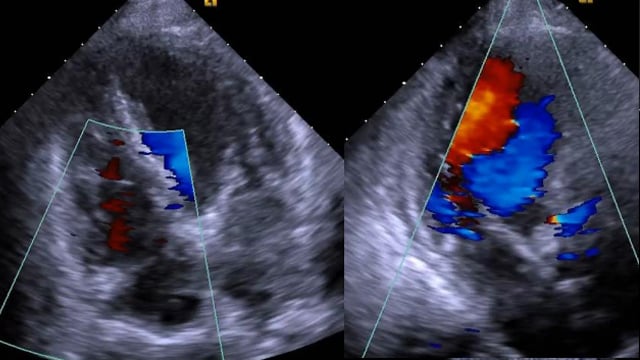
TAVI complications: Session 1
27 Nov 2022 – From PCR London Valves 2022
Consult this session to discover a selection of challenging TAVI complications cases: an annular rupture after TAVI in a bicuspid aortic valve, an outflow tract rupture during self-expandable transcatheter valve implantation, a periprocedural TAVI ischaemic stroke, and more!
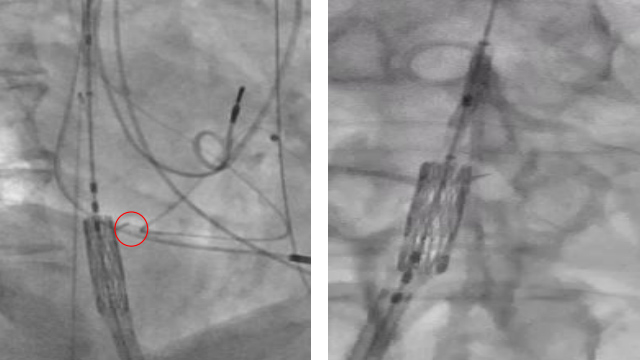
Rapid-fire abstracts: session 1
27 Nov 2022 – From PCR London Valves 2022
Watch this PCR LV 2022 session to get clinical outcomes after TAVR in obese and non-obese patients with small aortic annuli, to find out how non-calcific aortic valve tissue quantified from coronary CT angiography can predict one-year mortality post-TAVI, and even more!
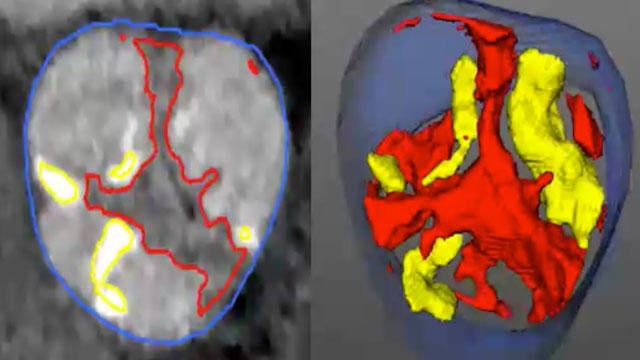
TAVI: emerging evidence
27 Nov 2022 – From PCR London Valves 2022
Through the 5 abstracts of this PCR LV 2022 session, follow the comparison between last-generation balloon and self-expandable TAVR for bicuspid aortic valve stenosis, and the comparison between multiple tools to assess the risk of mortality after TAVR, evaluate the impact of post-TAVI vascular complications, and...
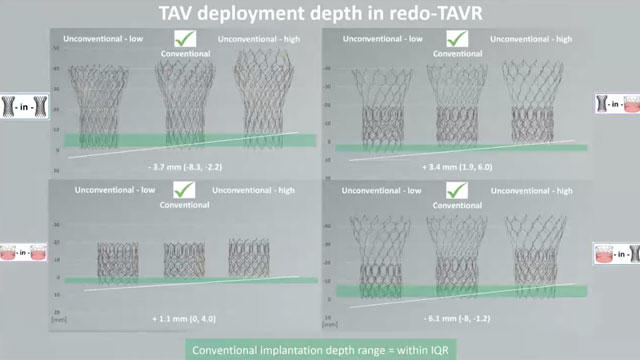
Rapid-fire clinical cases: Session 1
27 Nov 2022 – From PCR London Valves 2022
Discover a selection of PCR London Valves 2022 case submissions in this session: quadricuspid aortic valve with pure regurgitation treated with Evolut PRO, complex high-risk patient with severe aortic regurgitation and extra-large anatomy, snare-assisted TAVI in case of calcified sinotubular junction, and more!
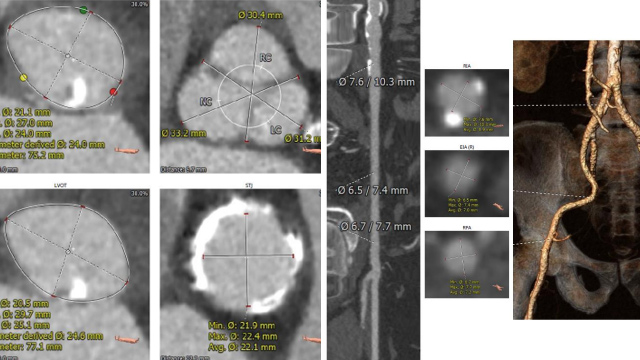
TAVI challenges: session 1
27 Nov 2022 – From PCR London Valves 2022
Discover a series of TAVI challenges shared by your peers: a transfemoral TAVR through a severely tortuous and horizontal aorta in a morbidly obese patient, TAVI for pure non-calcified severe aortic regurgitation in a large annulus, peripheral access calcifications and more.
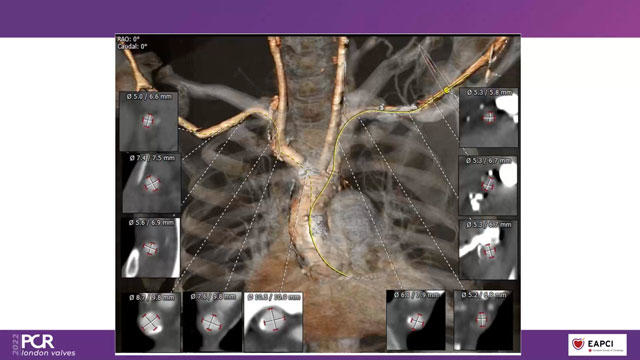
Rapid-fire abstracts: session 2
27 Nov 2022 – From PCR London Valves 2022
Take advantage of this PCR LV 2022 session to discover more abstracts and learn more about how to predict TAVI bicuspid aortic valve re-access, or right ventricle-pulmonary artery coupling in patients with severe aortic stenosis, among others.
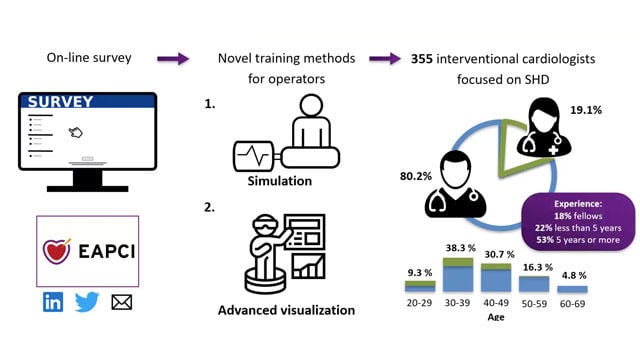
TAVI is a mature procedure: implications for lifelong management of young and old patients
27 Nov 2022 – From PCR London Valves 2022
Take a look at these presentations to learn more about TAVI implications for lifelong management, to understand what is happening in the field of aortic valve intervention and to appreciate the evidence governing the application of this procedure in the lifetime journey of patients with aortic...
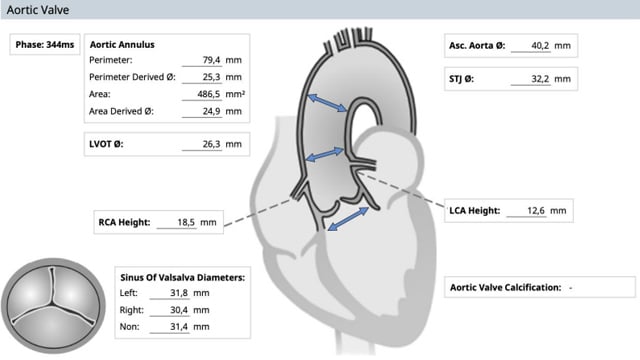
TRISCEND, ACURATE neo2, the LuX-Valve System: Top Late-Breaking Trials from PCR London Vaves 2022
27 Nov 2022 – From PCR London Valves 2022
Discover a selection of PCR London Valves 2022 Late-Breaking Trial submissions and learn more about the latest evidence evidence concerning new transcatheter valve devices, emerging innovative devices as well as highlighted content from the EuroIntervention journal.
